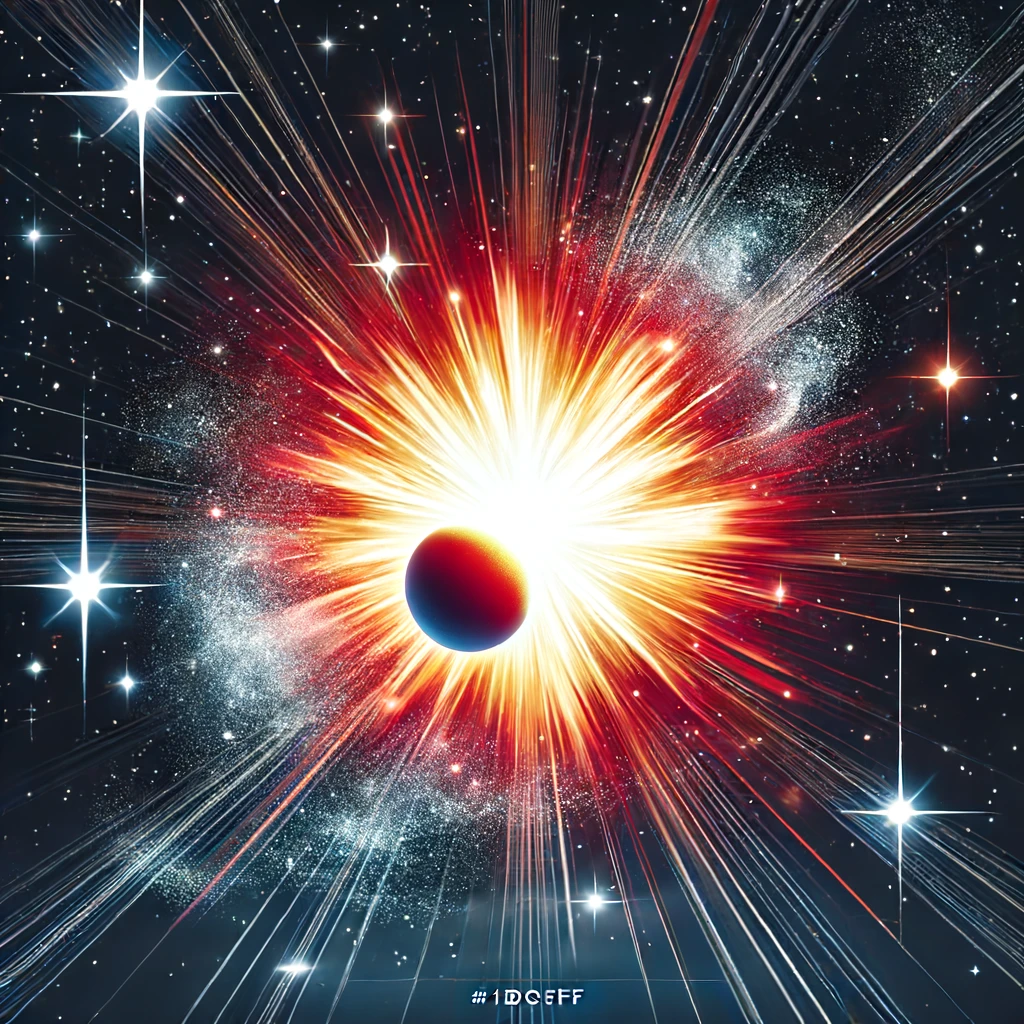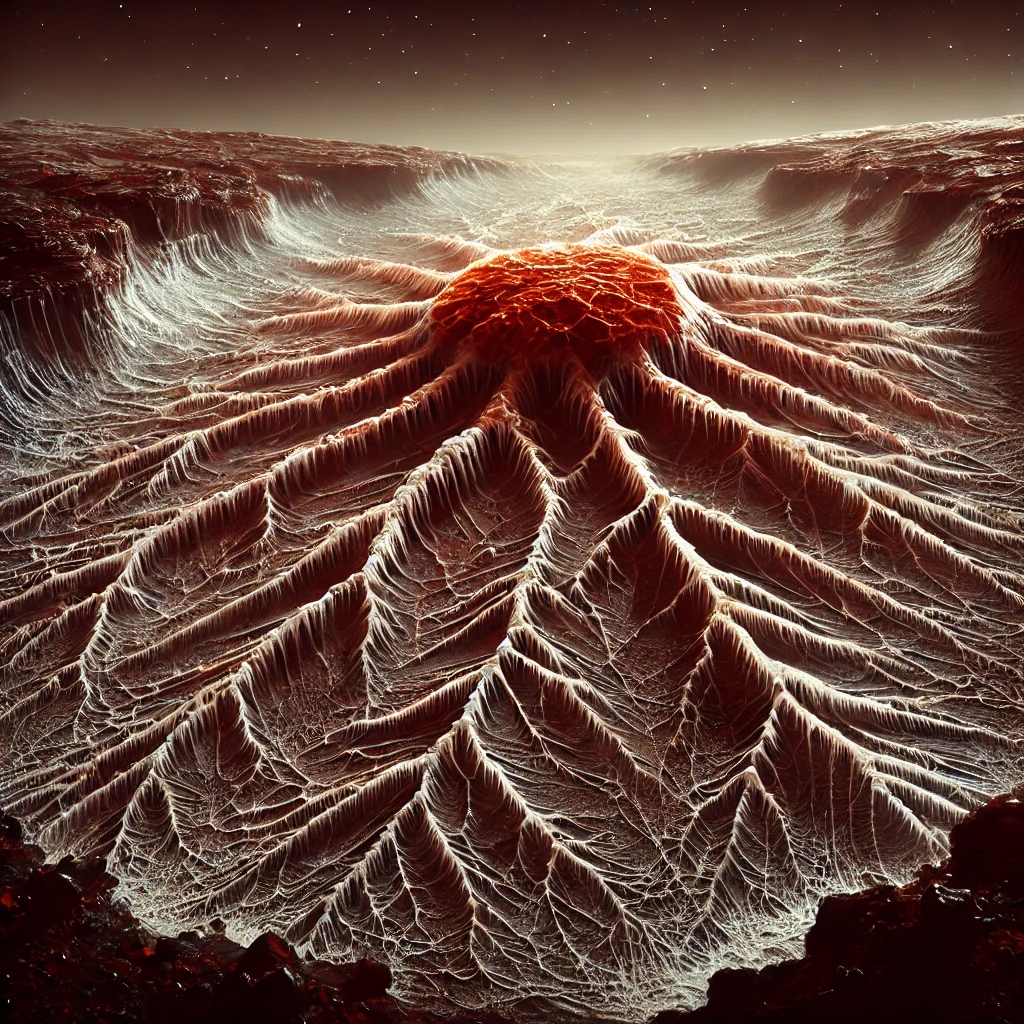A rare eruption of light from a dead star will likely be visible to people on Earth this summer in a fleeting but potentially stark celestial display that scientists are calling “a once-in-a-lifetime event.” The technical term for this cosmic explosion is nova, which occurs when a white dwarf star suddenly brightens in the night sky. Unlike a supernova, which is a complete explosion of a star, a nova refers to a dramatic ejection of material from a white dwarf that has accumulated from a nearby star.
Astronomers describe a white dwarf as a star at the end of its life cycle, having exhausted its nuclear fuel with only its core remaining. In contrast, a supernova is a different solar phenomenon where a star explodes entirely. In the case of a nova, the white dwarf ejects material it has accumulated over time from a younger star in its proximity.
“This is a once-in-a-lifetime event that will create a lot of new astronomers out there,” said Rebekah Hounsell, an assistant research scientist at NASA’s Goddard Space Flight Center. “It’ll give young people a cosmic event they can observe for themselves, ask their own questions, and collect their own data. It will fuel the next generation of scientists.”
Between now and September, scientists expect a nova in the Corona Borealis (Northern Crown) of the Milky Way to send a flash so powerful that it will be visible to the naked eye. This cosmic display will materialise in a dark spot in the constellation, where interactions between a white dwarf and a red giant culminate in a massive blast. A red giant is a dying star in the final phase of its life cycle, expanding and periodically expelling material from its outer layers.
Known together as T Coronae Borealis, or the Blaze Star, the white dwarf and red giant are part of a binary star system about 3,000 light-years from Earth. The red giant is continually stripped of hydrogen as it heads towards total collapse, while the white dwarf accumulates this material. Over decades, this hydrogen builds up on the white dwarf’s surface until it triggers a thermonuclear explosion. This explosion, similar to a nuclear bomb in appearance, expels the excess material from the white dwarf.
This nova event will be visible on Earth for about a week before it fades. Both stars in the Blaze Star system will remain intact, and the process of hydrogen buildup will begin again, continuing until another explosion occurs. Different binary systems like T Coronae Borealis cycle through these stages at various speeds, with the Blaze Star nova typically erupting every 80 years or so.
Skywatchers are eagerly anticipating the potential nova eruption of T Coronae Borealis in the coming months. Scientists are prepared to observe it with both space- and ground-based telescopes to gain more insights into this recurring cosmic phenomenon. “There are a few recurrent novae with very short cycles, but typically, we don’t often see a repeated outburst in a human lifetime,” said Hounsell. “It’s incredibly exciting to have this front-row seat.”
The last observed nova in T Coronae Borealis was in 1946. NASA advises stargazers to look for the Northern Crown, described as a “horseshoe-shaped curve of stars west of the Hercules constellation,” on clear nights. Observing this nova will not only provide a spectacular view but will also contribute valuable data to scientists studying this event.
“It is equally critical to obtain data during the early rise to eruption,” said Hounsell. “The data collected by avid citizen scientists on the lookout for the nova will dramatically contribute to our findings.”
This summer’s anticipated nova is a rare opportunity to witness a breathtaking cosmic event and to participate in the scientific exploration of our universe.






